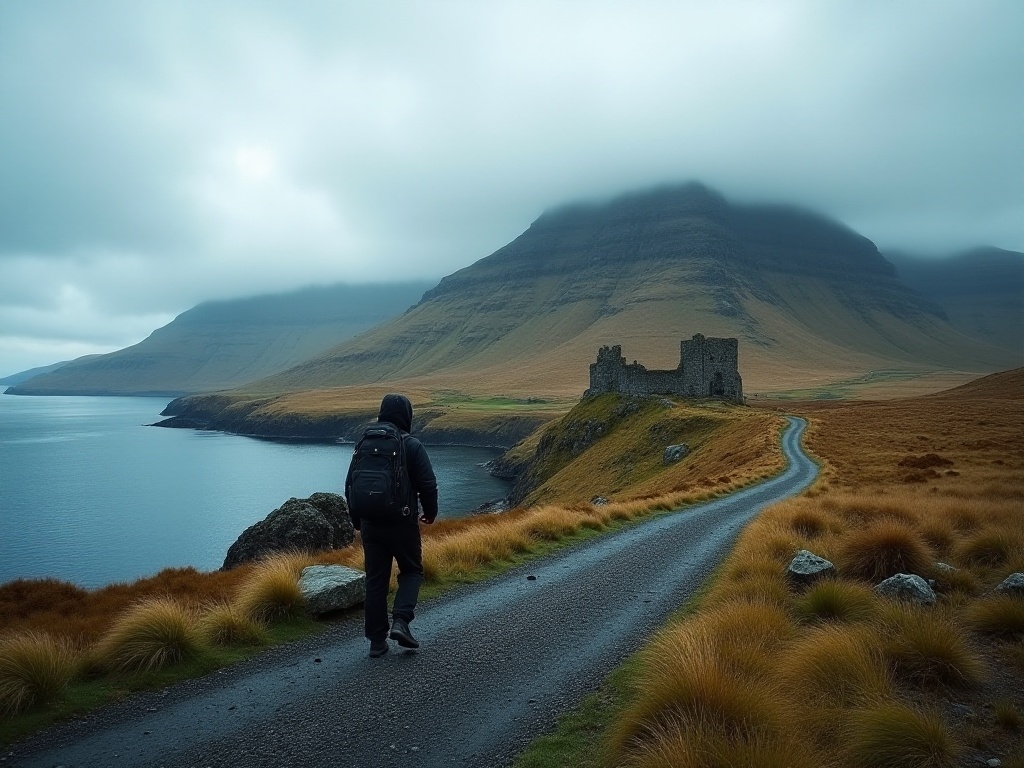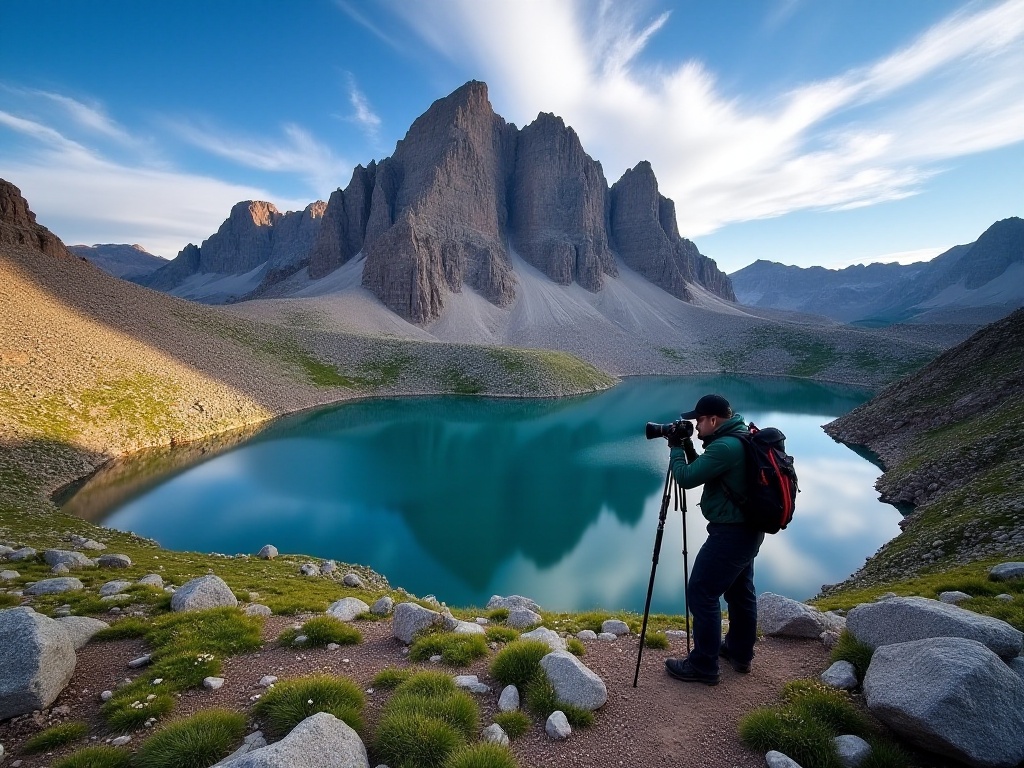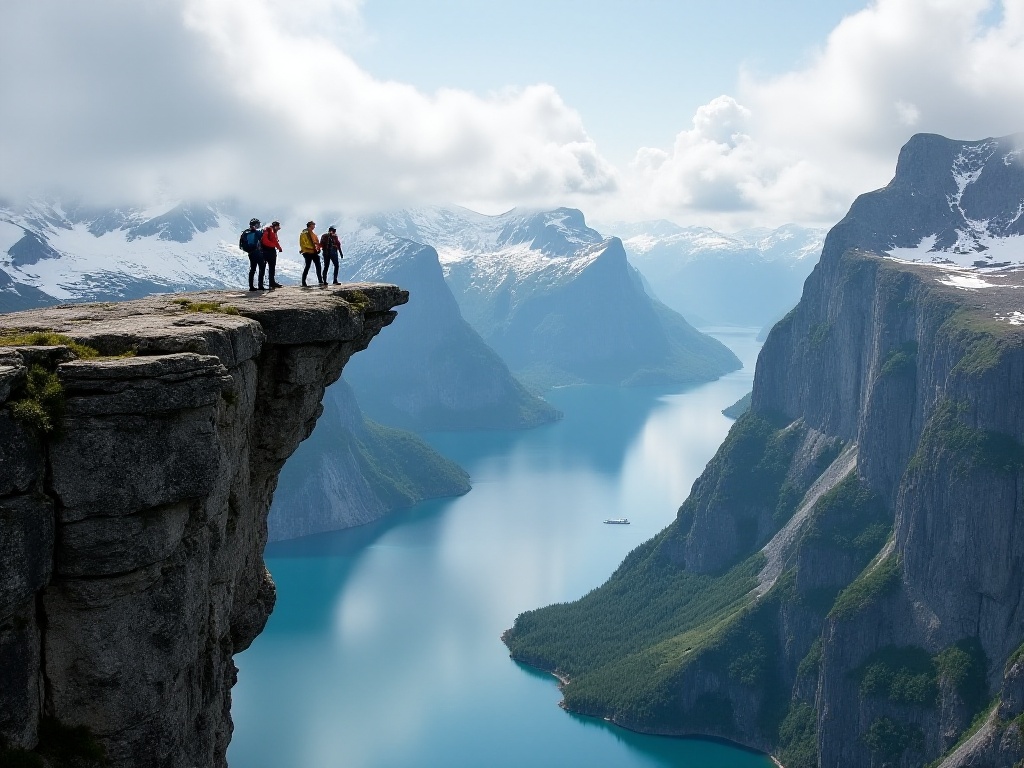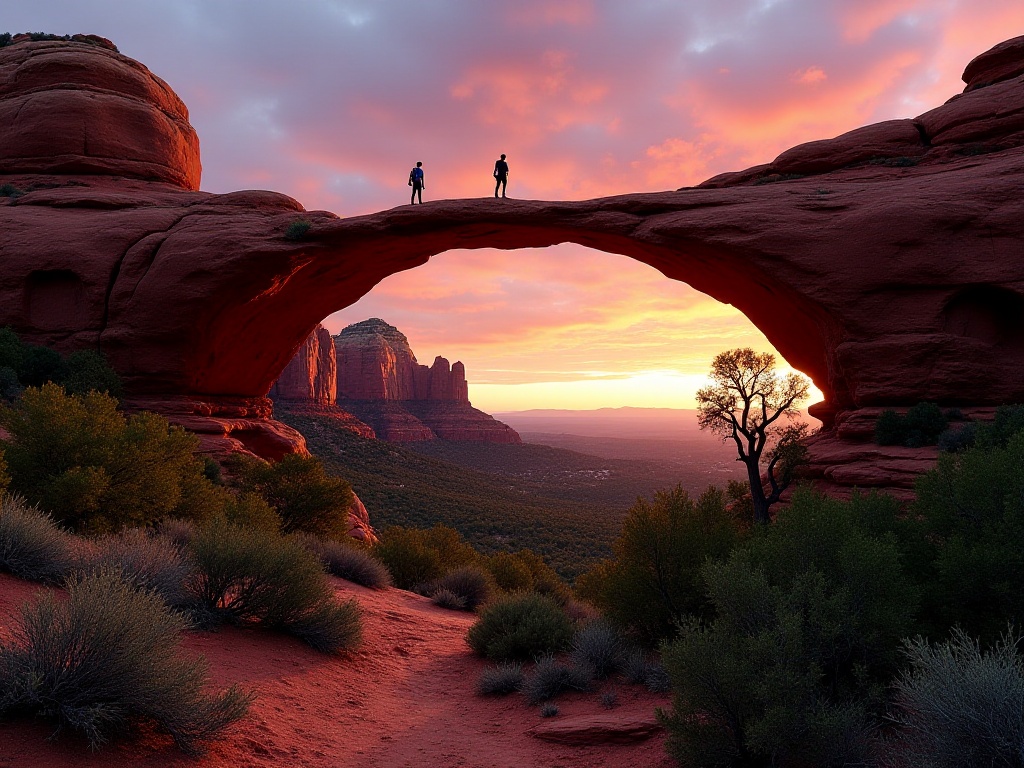Route Overview
Have you heard of the Great Himalaya Trail? This trekking route across Nepal spans approximately 2,800 miles (about 4,500 kilometers) and is one of the world's most coveted long-distance trekking routes. As a trekking enthusiast who has deeply experienced this trail, I want to share the unique charm of this magical route with you.
Geographically, the Great Himalaya Trail stretches across Nepal from east to west, passing through multiple natural and cultural landscape zones. The trail has enormous elevation changes, extending from subtropical forests at a few hundred meters above sea level to high mountain glacier zones at over 5,000 meters. It's this diversity of terrain that creates breathtaking natural scenery and rich cultural experiences along the way.
Terrain Features
The trekking route passes through Nepal's most representative terrain types. In low-altitude areas, you'll walk through lush subtropical forests, which are warm and humid year-round with dense vegetation. The air is filled with the fragrance of soil and plants, while bird calls can be heard from time to time.
As you continue climbing, you'll enter fertile valley regions. These are important traditional agricultural areas of Nepal, with terraced fields cascading in layers. When rapeseed flowers bloom in spring, the entire valley turns golden, creating a spectacular sight. I remember being absolutely amazed when I first saw this view. These mountain-built terraces demonstrate the wisdom of Nepalese people living in harmony with nature.
Higher up are the alpine meadows. Vegetation gradually becomes sparse here, but during the spring-summer transition, various wildflowers bloom competitively, decorating the meadows in brilliant colors. According to statistics, over 1,000 flower species have been recorded in this area, including many rare species.
Finally, you reach the formidable high mountain glacier zone. Here, snow persists year-round and the air is thin, but it offers the purest skies and most magnificent mountain views. Here, you can closely admire multiple 8,000-meter peaks, including Mount Everest.
Season Selection
Choosing the right season is crucial for perfectly experiencing the Great Himalaya Trail. Based on my experience, the best trekking time is from October to May of the following year. During this period, the weather is relatively stable, precipitation is low, visibility is high, making it ideal for long-distance trekking.
Specifically: - October to November: Autumn, clear weather, best visibility, but more tourists - December to February: Winter, cold but dry weather, fewer tourists - March to May: Spring, mountain flowers in bloom, moderate weather, second peak trekking season
I recommend avoiding the rainy season from June to September. During this time, there's frequent rainfall, more insects, and slippery mountain paths, making it unsuitable for trekking.
Cultural Experience
The most enchanting aspect of the Great Himalaya Trail lies not only in its natural scenery but also in the rich cultural experiences along the way. The route passes through more than ten different ethnic settlement areas, each with its unique language, customs, and cultural traditions.
Taking the Tibetan area as an example, the monastery architecture here has distinct Tibetan Buddhist characteristics. I once stayed in a Tibetan village for three days, personally experiencing their way of life. Every morning, villagers would circumambulate the monastery for blessings, with prayer flags fluttering in the morning breeze. In the evenings, I would drink butter tea with locals and listen to their ancient legends.
In the Sherpa settlement areas, you can experience a completely different cultural atmosphere. Sherpas are renowned for their mountaineering skills, having lived in high-altitude areas for generations with unique adaptability to the mountain environment. Statistics show that Sherpa guides have participated in over 90% of successful Everest summits over the years.
Preparation Work
If you want to challenge this route, thorough preparation is necessary. First is physical training, which should begin at least 3 months in advance systematically. Training should include: - Aerobic exercise: At least 3 times per week, each session over 1 hour - Strength training: Especially lower body strength - Weight training: Gradually increasing load during practice hikes
For equipment, I recommend preparing these essentials: - Professional trekking shoes: Must be broken in advance - Warm clothing: Using a layering system - Sleeping bag: Temperature rating of at least -10°C - Trekking poles: To reduce knee strain - Sun protection: High altitude UV is strong - First aid kit: Including altitude sickness medication
Route Planning
The complete Great Himalaya Trail typically takes 5-6 months to complete. If time is limited, you can choose among its highlight sections. Here are my recommended classic sections:
- Annapurna Circuit (about 21 days)
- Start: Pokhara
- End: Pokhara
- Highest altitude: 5,416 meters
- Attractions: Dhaulagiri, Machhapuchhre (Fish Tail Peak), etc.
-
Features: Diverse terrain, relatively well-developed facilities
-
Everest Base Camp Route (about 14 days)
- Start: Lukla
- End: Everest Base Camp
- Highest altitude: 5,364 meters
-
Feature: Close-up views of Mount Everest
-
Langtang Valley Route (about 7 days)
- Start: Syabrubesi
- End: Langtang
- Highest altitude: 4,800 meters
- Feature: Rich Tibetan culture, spectacular glacier views
Important Notes
Altitude sickness requires special attention. Statistics show about 40% of trekkers experience varying degrees of altitude sickness. Preventive measures include: - Strictly control ascent rate, no more than 500 meters elevation gain per day - Maintain adequate rest and hydration - Carry altitude sickness medication - Descend immediately if severe symptoms occur
Weather changes are also an important factor. Highland weather is variable, experiencing various conditions within the same day. Recommendations: - Keep updated with weather forecasts - Carry rain and cold weather gear - Waterproof important items - Seek safe shelter in severe weather
Insights and Reflections
After completing the Great Himalaya Trail, my biggest realization was: this is not just a physical challenge, but a journey of spiritual purification. Here, you'll meet trekkers from around the world, all carrying reverence for nature, seeking their own answers on this sacred land.
I remember once at a 4,000-meter camp, meeting an elderly Swiss man. At 76 years old, he was still trekking. When I asked why he challenged such a difficult route at his age, he said, "Among the Himalayan mountains, people become small, but their hearts grow strong." This deeply resonated with me.
Have you had similar experiences? Or do you also long for such a spontaneous trekking journey? Feel free to share your thoughts and stories in the comments. Let's plan our next trekking adventure together.







